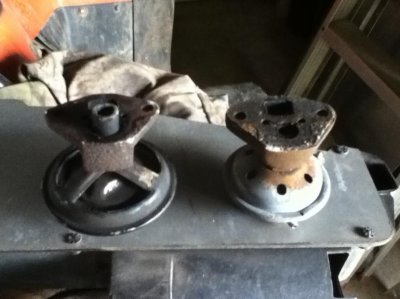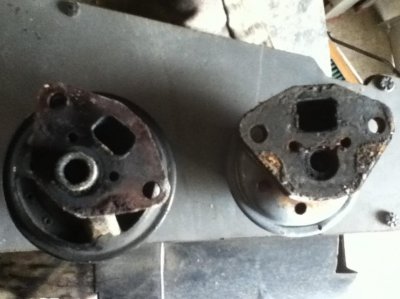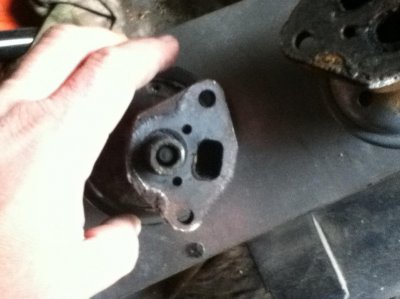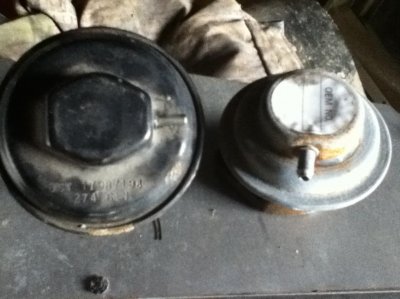- Joined
- Aug 29, 2010
- Posts
- 47,216
- Reaction score
- 9,501
- Location
- OKC, OK
- First Name
- HotRod
- Truck Year
- 85 K20 LWB
- Truck Model
- Silverado
- Engine Size
- 454 - Turbo 400 - 3.73
[yt]VUaYozSNDcc[/yt]
Have you replaced that PCV valve? If it's defective, it can sure cause some rough idle issues. And I have a feeling that rattling is the ball going back and forth which would mean, it's not acting as a one way valve as it should. By chance and you seeing and blowby out of the crankcase anywhere? As in excessive, not a small normal amount for a worn engine, but heavy blowby? I would replace that PCV for sure though.


 Are you setting timing with a broom???
Are you setting timing with a broom??? 






